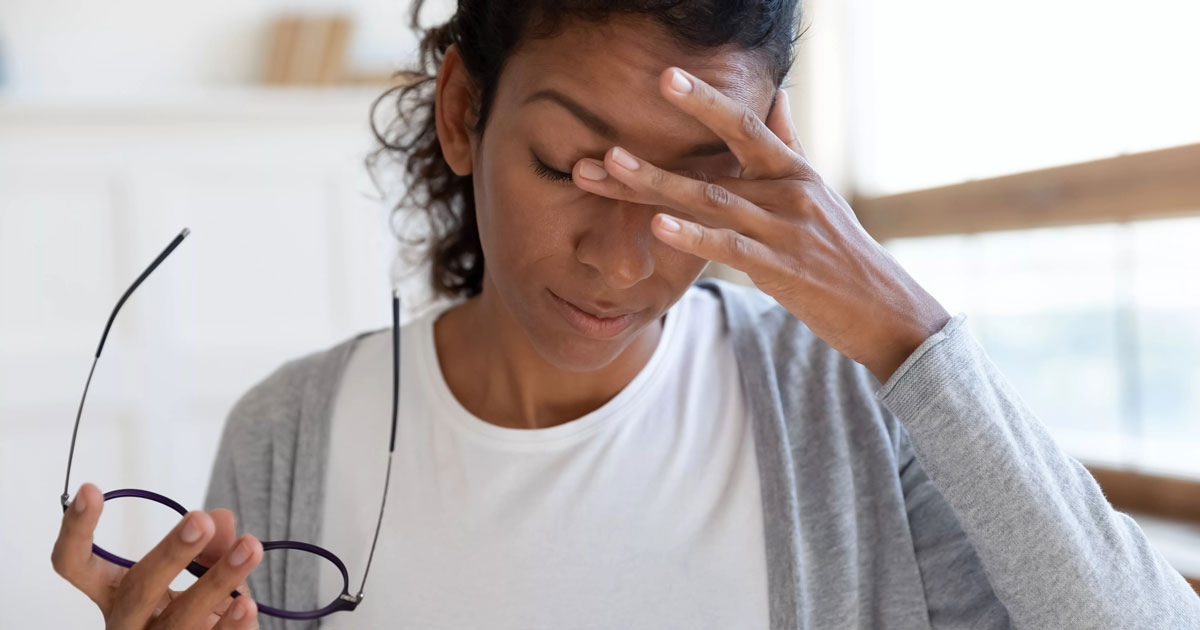
If I were to ask you what was the most common cause of vertigo in adults, what would you say?
If you answered, Vestibular Migraine, you’d be right.
You’d also score bonus points if you went on to note that vestibular migraine is also seen in children and teenagers but sadly is not well understood by our GPs and medical specialists.
This is why I am supporting and promoting VeDA’s Migraine Awareness Month in Australia and I hope you help promote it too.
What is VeDA?
VeDA or the Vestibular Disorders Association, is a US-based non-profit organisation on a mission to boost awareness of vestibular disorders so they can be “rapidly diagnosed and effectively treated so patients can restore balance and regain life”.
Intriguingly (and reassuringly), two-thirds of VeDA’s members are people with vestibular disorders and their friends and family members. The rest of its membership is made up of medical and health specialists who diagnose and treat vestibular disorders (physical therapists, audiologists, physicians, and a variety of other specialists).
Why Vestibular Migraine Month is so important
I’m writing this article and urging you to share it on behalf of the many people in our community who are suffering from vestibular migraines (VM).
Here in my Adelaide practice, I see no fewer than five VM patients every week and, sadly, their stories are very similar.
People go to numerous health professionals, are misunderstood, and then become exhausted emotionally and financially as they continue life while suffering without a sense of hope.
Part of the challenge in diagnosis is that Vestibular Migraines are chameleons!
VM symptoms can mimic peripheral BPPV and Ménière’s disease, making it difficult for practitioners without deep knowledge and advanced understanding of and experience in vestibular disorders, including VM, to diagnose correctly.
As a neuro-vestibular physiotherapist who has been treating people with Vestibular Disorders including Vestibular Migraine for many decades, I have a head start in diagnosis, as does Dr Dean Watson, PhD, senior consultant of musculoskeletal physiotherapy who specialises in a non-manipulative approach to upper cervical spine dysfunction, headaches and migraines.
I’m not writing this to promote our practices directly but rather to bring hope to you if you’ve been suffering the debilitating symptoms of VM and are feeling at a loss about what to do next.
What is Vestibular Migraine really like?
If you’re not a sufferer but have a friend or family member who does endure Vestibular Migraines, here’s a little background being shared by VeDA to help you understand their plight.
Apart from Migraine being one of the most debilitating chronic disorders in society (in the United States it’s almost as prevalent as high blood pressure), approximately 40% of patients have some accompanying vestibular syndrome.
There is no accompanying headache with VM. However, patients do suffer profound vertigo, dizziness, vomiting, nausea, dry retching, unsteadiness, motion intolerant, and visual disturbances. They may be also sensitive to light and/or sound.
Agewise, migraine impacts people during what are expected to be their most productive years: between ages 20 and 40 for most women, with a slightly higher age range for men. Furthermore, VM occurs in children, teenagers, young adults and in the elderly. There may be a family history of migraine or post-traumatic head and neck injury. Most people think of a migraine as a severe and debilitating headache but there are some migraines, known as a ‘silent” migraine, in which there is NO headache, Vestibular Migraine being one of them.
Despite better diagnostic capabilities and efforts to improve public awareness and education, it is estimated that approximately half of all sufferers go undiagnosed or mismanaged to this day.
Many people suffering VM “self-treat” or are diagnosed and treated inappropriately for peripheral Benign Paroxysmal Positional Vertigo.
There is more information available from the VeDA website.
And I encourage you to read through articles published on this website, in my articles section.
